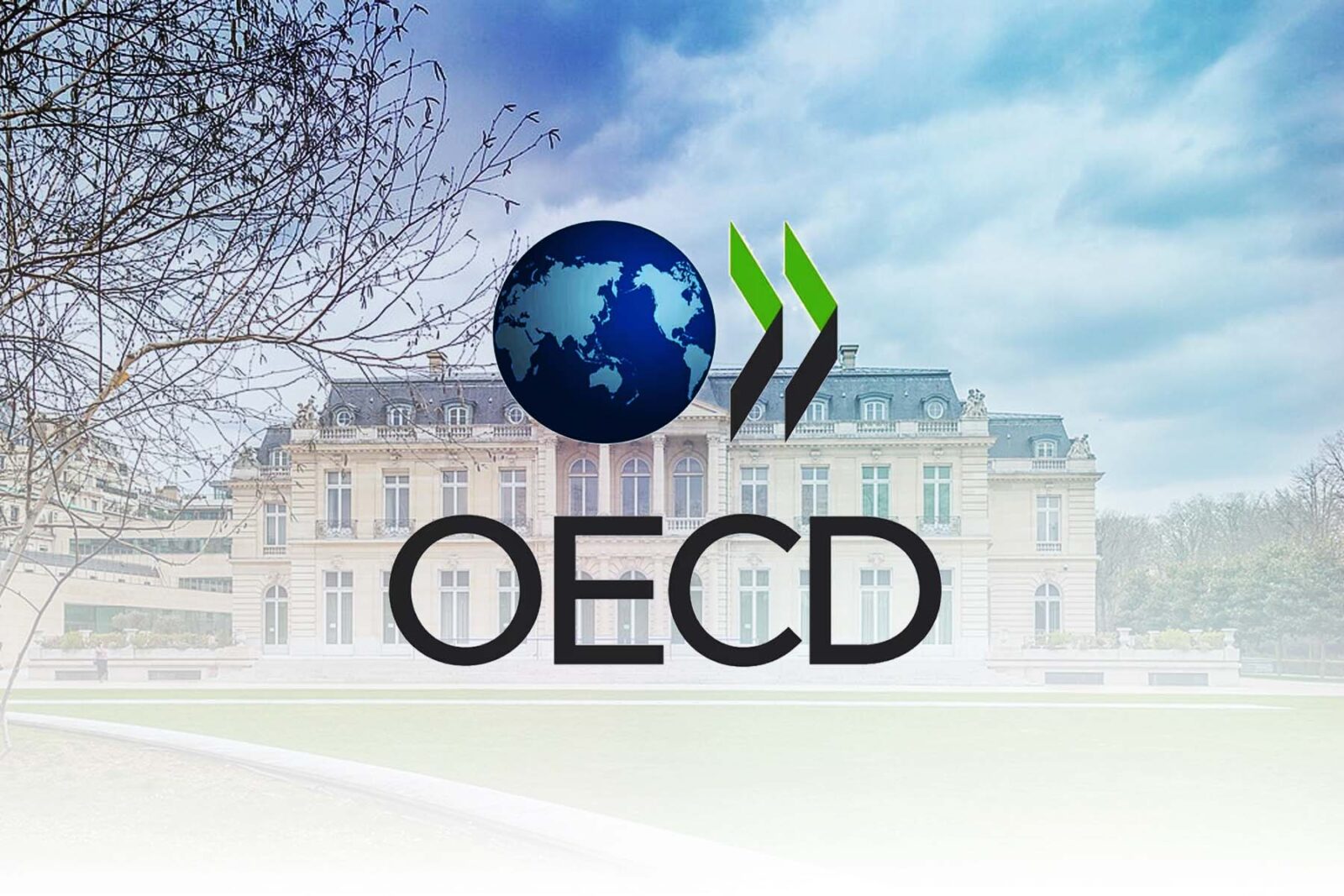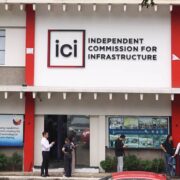PH may miss growth goal this 2025—OECD

The Philippines may miss its economic growth target for the third straight year in 2025, as a potential slowdown in major economies amid extreme global trade uncertainties could weigh on local expansion, the Organization for Economic Cooperation and Development (OECD) said.
In its latest outlook on the country, the OECD projected that the country’s gross domestic product (GDP) growth would average 5.6 percent this year.
If realized, GDP expansion this year would be slower than the 5.7 percent clip recorded in 2024. At the same time, growth would fall short of the 6 to 8 percent target of the Marcos administration.
But the OECD said the economy may grow by a faster rate of 6 percent in 2026, potentially breaking the streak of below-target growth.
“Private consumption will be bolstered by a strong labor market and low inflation, while investment is projected to pick up modestly on the back of easing financial conditions and increased public infrastructure spending,” it said.
“On the downside, a larger-than-expected slowdown in major economies, including the United States or China, could reduce demand for Philippine exports and affect remittance inflows, impacting domestic consumption and investment,” it added.
Latest data showed GDP had expanded by 5.4 percent year-on-year in the first quarter, upsetting market consensus. That was slightly faster than the 5.3 percent growth in the preceding quarter, but weaker than the 5.9 percent clip recorded in the same period last year.
Analysts said the specter of global trade war had bruised business confidence.
Gross capital formation—the investment component of GDP—grew by 4 percent in the three months ending in March, slowing down from 5.5 percent in the preceding quarter.
For now, economists believe that the ongoing interest rate cuts of the Bangko Sentral ng Pilipinas could help investments make a bigger contribution to the overall economic growth.
The OECD said the ongoing monetary policy easing could help offset the drag from a slow fiscal consolidation.
“With real GDP expected to grow below trend and stable inflation expectations, there is room to continue the easing cycle over 2025-26 to bring the policy rate to a more neutral level of around 4.75 to 5 percent in the latter half of 2026,” it said.
“The overall macroeconomic policy mix strikes a balance between fiscal prudence and support to growth among global headwinds,” it added.





















